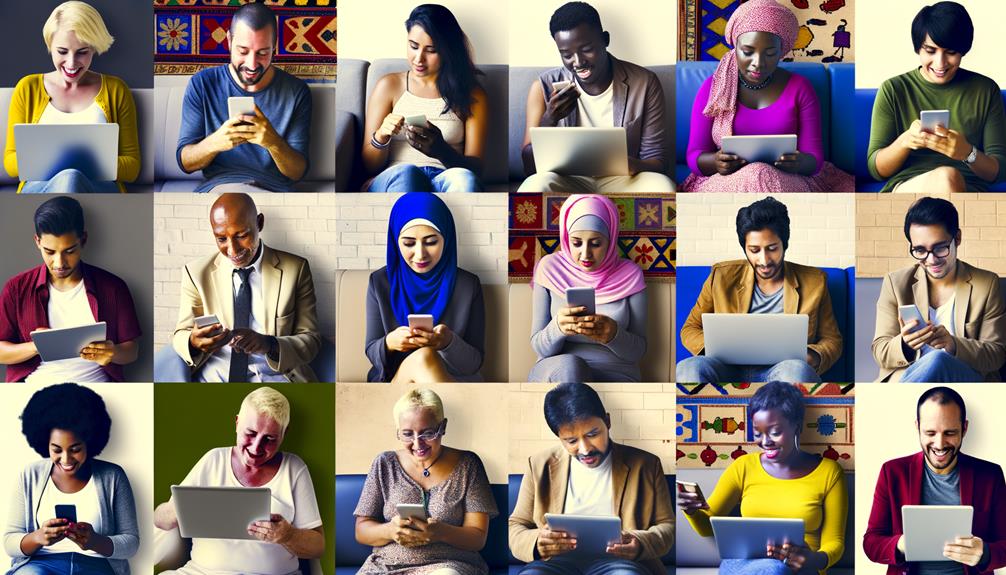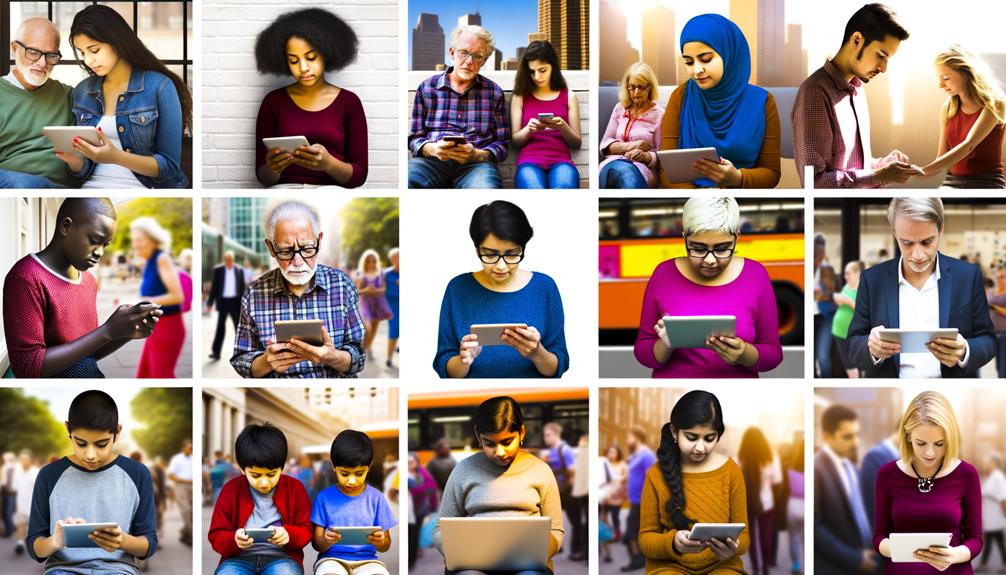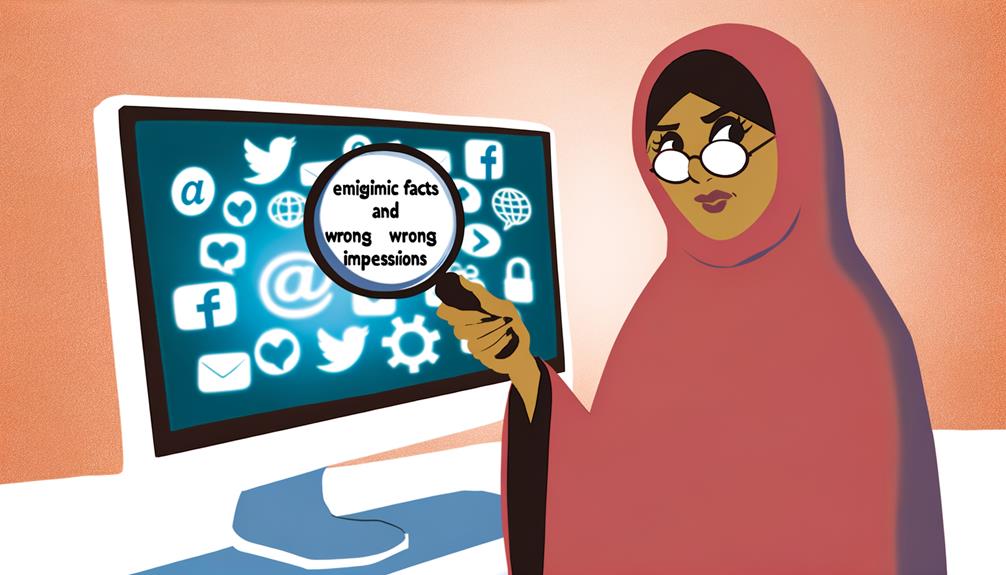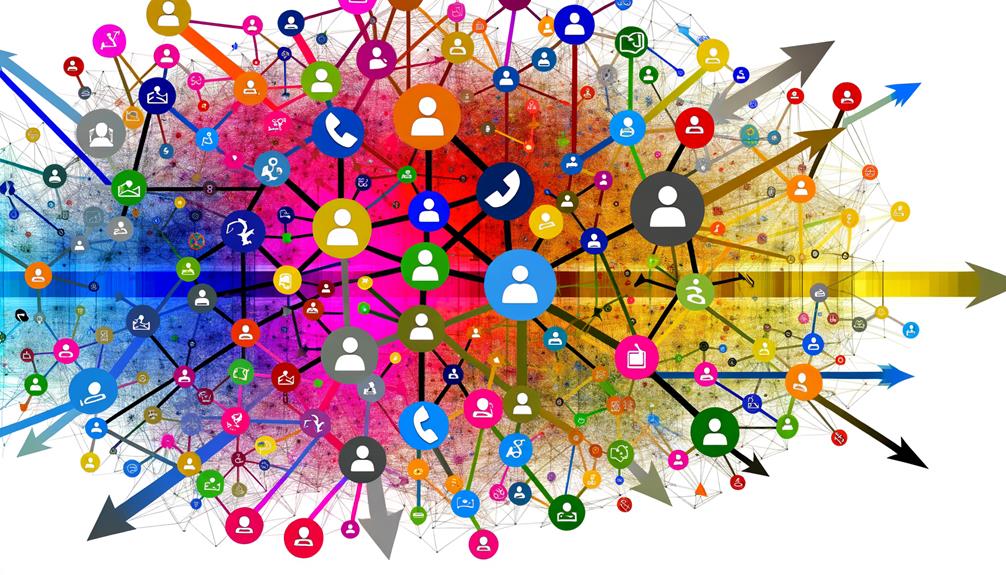As you scroll through your social media feeds, you are constantly bombarded with content from around the globe, shaping your perceptions and preferences without you even realizing it.
The rise of global media culture has significant implications that extend far beyond your screen. From the homogenization of cultural expressions to the blurring of national boundaries, the impact of this phenomenon is profound.
But what does this mean for the future of cultural identities and societal norms? Stay tuned as we explore the intricate web of influences at play in this interconnected world.
Impact on cultural diversity
Global media culture significantly influences the preservation and evolution of cultural diversity worldwide. Through the dissemination of information, ideas, and values across borders, global media plays a crucial role in shaping how different cultures are perceived and interact with one another. As an individual, you’re constantly exposed to a variety of cultural perspectives, traditions, and practices through movies, television shows, music, and social media platforms. These exposures not only introduce you to new ways of thinking and living but also challenge your own cultural beliefs and norms.
Moreover, global media acts as a bridge that connects people from diverse backgrounds, fostering cross-cultural understanding and appreciation. By showcasing the richness and uniqueness of various cultures, media content encourages you to embrace diversity and celebrate the differences that make each culture special. This exposure to different cultural expressions not only enriches your own worldview but also promotes tolerance and respect for cultural diversity on a global scale. As you engage with global media, you play a part in preserving and promoting the richness of cultural diversity around the world.
Influence on consumer behavior
The reach and impact of media culture extend deeply into shaping consumer behavior in today’s interconnected world. As you navigate the global media landscape, here are some ways in which it influences your choices and preferences:
- Trends and Fads: Media platforms constantly showcase new trends in fashion, technology, and lifestyle, driving consumer interest towards the latest products and services.
- Brand Awareness: Through strategic marketing and product placements in movies, TV shows, and social media, media culture enhances brand recognition and influences your purchasing decisions.
- Social Proof: Influencers and celebrities endorsed by media channels can sway consumer behavior by creating a sense of social validation and credibility for certain products.
- Cultural Norms: Media narratives often shape societal norms and values, impacting your perceptions of what’s desirable or acceptable, thus guiding your consumer choices.
Challenges of cultural appropriation
Navigating the influence of global media culture on consumer behavior unveils a pressing issue: the challenges surrounding cultural appropriation. In a world where boundaries are increasingly blurred, the line between appreciation and appropriation can be thin. As a consumer, you may encounter products, fashion, or art inspired by diverse cultures. While appreciation involves respecting and honoring the source, appropriation often leads to harmful stereotypes and exploitation.
The challenges of cultural appropriation extend beyond individual actions to systemic issues within industries. Companies sometimes profit off cultural symbols without benefiting the communities they’re borrowed from. This lack of reciprocity can perpetuate power imbalances and diminish the authenticity of the culture being appropriated.
As you engage with global media culture, it’s essential to critically evaluate the messages being conveyed. By being mindful of the origins and significance of cultural elements, you can actively work towards promoting respect and understanding. Ultimately, addressing the challenges of cultural appropriation requires a collective effort to foster genuine appreciation and ethical practices in a diverse and interconnected world.
Opportunities for cross-cultural understanding
Amidst the complexities of global media culture, exploring opportunities for cross-cultural understanding presents a pathway towards fostering inclusivity and empathy. Embracing these opportunities can lead to a more interconnected world where diverse perspectives are valued and respected.
Here are some ways in which you can engage in cross-cultural understanding:
- Cultural Exchange Programs: Participating in exchange programs allows you to immerse yourself in different cultures, fostering mutual respect and understanding.
- Language Learning: Learning a new language not only breaks down communication barriers but also shows respect for another culture’s identity and heritage.
- Cultural Sensitivity Training: Engaging in training programs can help you navigate cultural differences with sensitivity and awareness.
- Community Events and Festivals: Attending multicultural events and festivals can provide firsthand experiences of different traditions, music, foods, and customs, fostering appreciation for diversity.
Effects on traditional media outlets
Exploring the impact of global media culture on traditional media outlets reveals significant shifts in consumption patterns and audience engagement. As more people turn to online platforms for news and entertainment, traditional media outlets such as newspapers and television networks have had to adapt to stay relevant. Here’s a comparison table highlighting some key effects on traditional media outlets:
| Effects on Traditional Media Outlets | Description |
|---|---|
| Declining viewership | Traditional TV networks experiencing a decrease in viewership as audiences shift to streaming services and online content. |
| Digital transformation | Newspapers investing in digital platforms to reach a wider audience and stay competitive in the digital age. |
| Changing revenue models | Adapting from solely ad-based models to include subscriptions and paywalls to generate revenue and sustain operations. |
| Social media integration | Integrating social media channels to engage with audiences, share content, and drive traffic to their platforms. |
These changes reflect the evolving landscape of media consumption and the need for traditional outlets to innovate and embrace digital strategies to survive in a global media culture.
Conclusion
You’ve just scratched the surface of the global media culture phenomenon.
Did you know that over 50% of internet users consume content in a language other than their native tongue? This statistic highlights the widespread reach and impact of global media on individuals worldwide.
Keep exploring, learning, and embracing diversity in this interconnected digital age. The opportunities for cross-cultural understanding are endless.









